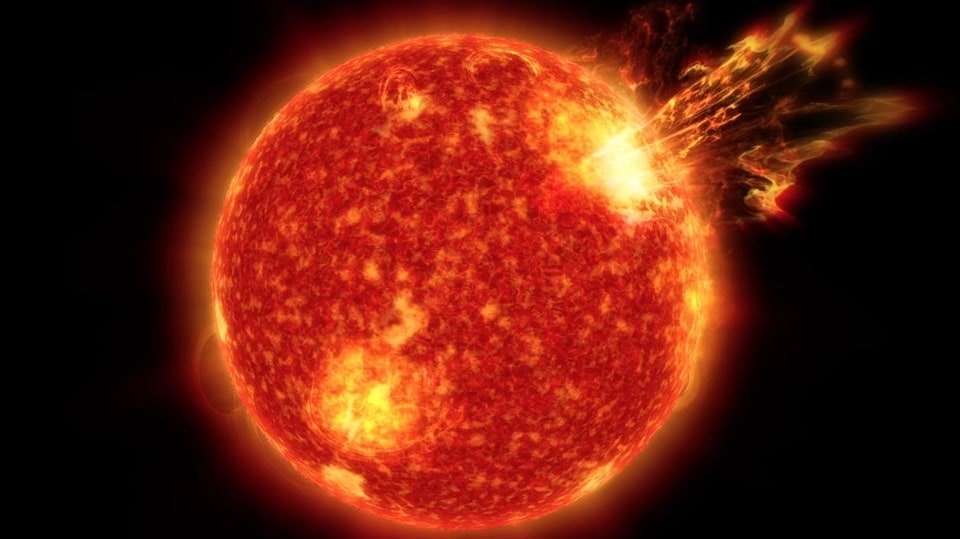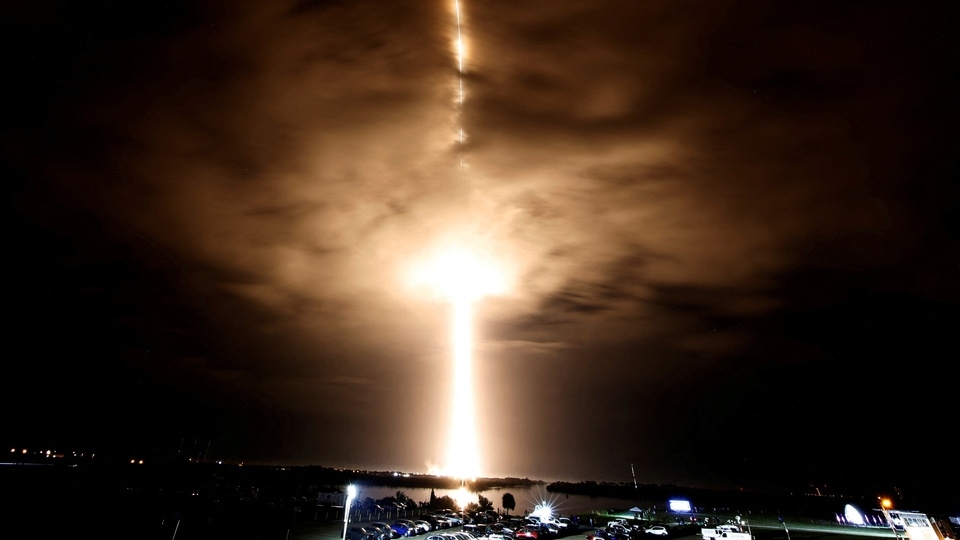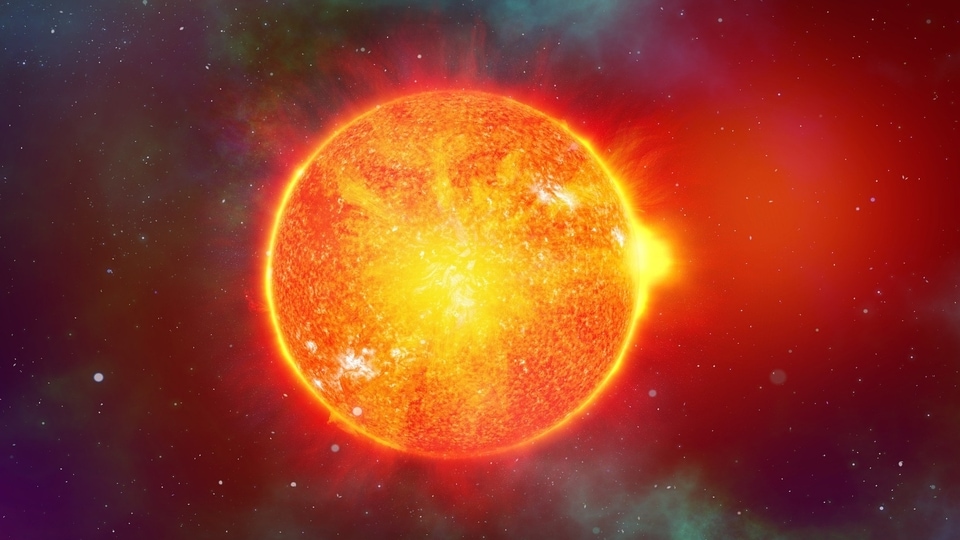Earth faces Triple-Threat from the Sun! Destructive solar storm could strike us soon
Three sunspots are coming together on the Earth-facing side of the Sun and they can cause a terrifying solar storm strike on our planet. One of the sunspots, AR3088, became notorious for blasting extremely powerful solar radiation at Venus.






 View all Images
View all ImagesThe Earth has been luckily escaping the wrath of the Sun even as it ramps up its volatility as it goes through its 11-year solar cycle. Today, Earth stands in a very difficult situation because of these constant solar storms. Some of the strongest solar storms this year were fortunately directed towards Venus and not Earth, with the most recent one coming just the previous week. But now, things are changing and a terrifying time might be coming for our planet as the same sunspot responsible for blasting powerful coronal mass ejections (CME) towards Venus is now coming to the Earth-facing solar disk. And to make matters worse, two other sunspots will be joining it and the dangers of a CME storm have increased manifold. The next few days will be a worrying time for the Earth, according to scientists. Can the strongest solar storm of them all, aG5 class solar storm, hit our planet in the coming days? Read on.
The development was reported by SpaceWeather.com which noted, “NOAA forecasters say there is a 20% chance of M-class solar flares today, but that may be an underestimate. Sunspots AR3098 and AR3101 are both increasingly active, and old sunspot AR3088 (famous for hammering Venus) is now returning over the southeast limb”.
The Earth could get struck with a powerful solar storm
While the two new sunspots, AR3098 and AR3101 are concerning, the biggest threat comes from AR3088. The sunspot has already survived one full rotation of the Sun and has still not dissipated. The highly unstable sunspot has shown its ferocity when it blasted continuous CME bursts at Venus. And if it explodes again now, the Earth would be its primary target.
The increase in the solar activity as well as the number of sunspots are directly related to the solar maximum phase of the Sun. The phase is part of the Sun's solar cycle where it alternates between extremely high solar activity and very low solar activity in a period of 11 years. Right now, the Sun is moving towards its peak solar activity which is expected to be sometime in 2023.
The Earth is very vulnerable to these solar storm attacks till then. While the possibility is low, a G5-class solar storm can easily destroy satellites, disrupt mobile network, internet and GPS services and even cause power grid failures.
These solar storm events are captured by an instrument called magnetometer on the NASA spacecraft. A magnetometer is a sophisticated machine with sensitive parts that measures the strength and direction of the magnetic field in its vicinity. As it does not need to visually observe the solar storm, it is capable of even observing the eruptions taking place on the far side of the Sun.
Catch all the Latest Tech News, Mobile News, Laptop News, Gaming news, Wearables News , How To News, also keep up with us on Whatsapp channel,Twitter, Facebook, Google News, and Instagram. For our latest videos, subscribe to our YouTube channel.
































